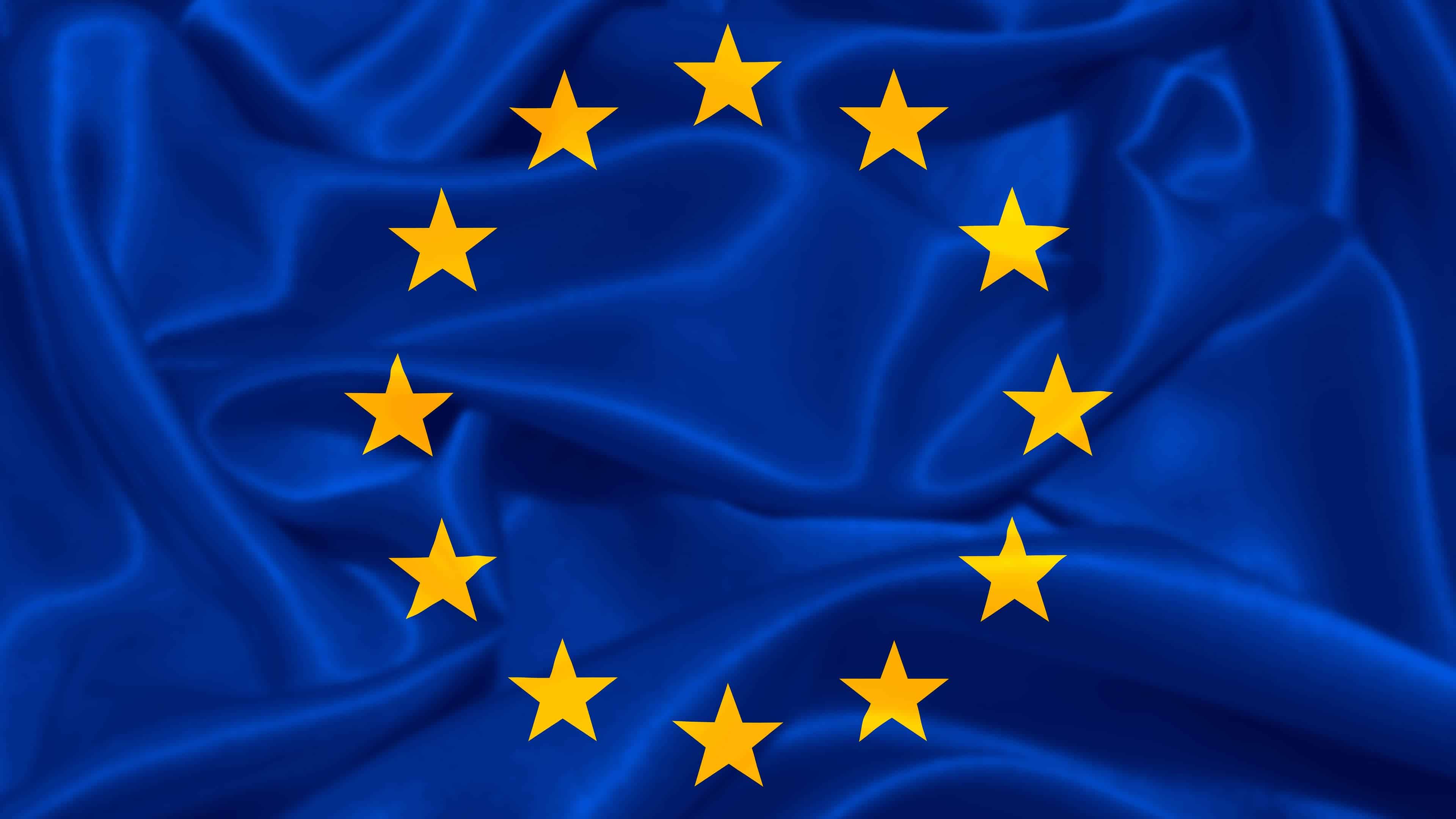Here you can find more about the Stockholm Environment Institute and the research.
[…]
Researchers have found that 18% of water use for China’s soy and beef imports from Brazil, and 54% of water use for the EU’s soy and beef imports from Brazil, came from river basins with either high or critical water scarcity. This means that a significant portion of the trade in these commodities is exposed to physical risks due to reduced water availability.
[…]
The river basins of Paraná, Tocantins-Araguaia, Amazon and São Francisco [all in Brazil] are key sources of water needed to produce and export soy and beef to China and the EU. However, these basins also supply water for domestic use, industry and energy generation, as well as for ecosystems. As climate change worsens, there is likely to be growing competition over diminishing water resources.
[…]



It’s the opposite, something between 70% to 85% of soy is used to feed livestock
https://vegazeta.com.br/como-a-producao-de-soja-e-financiada-por-quem-come-carne/
a soybean is only about 20% oil, but soybean oil makes up about half the revenue for the beans pressed. the byproduct of producing soybean oil is fed to livestock, but it would be wasted otherwise.